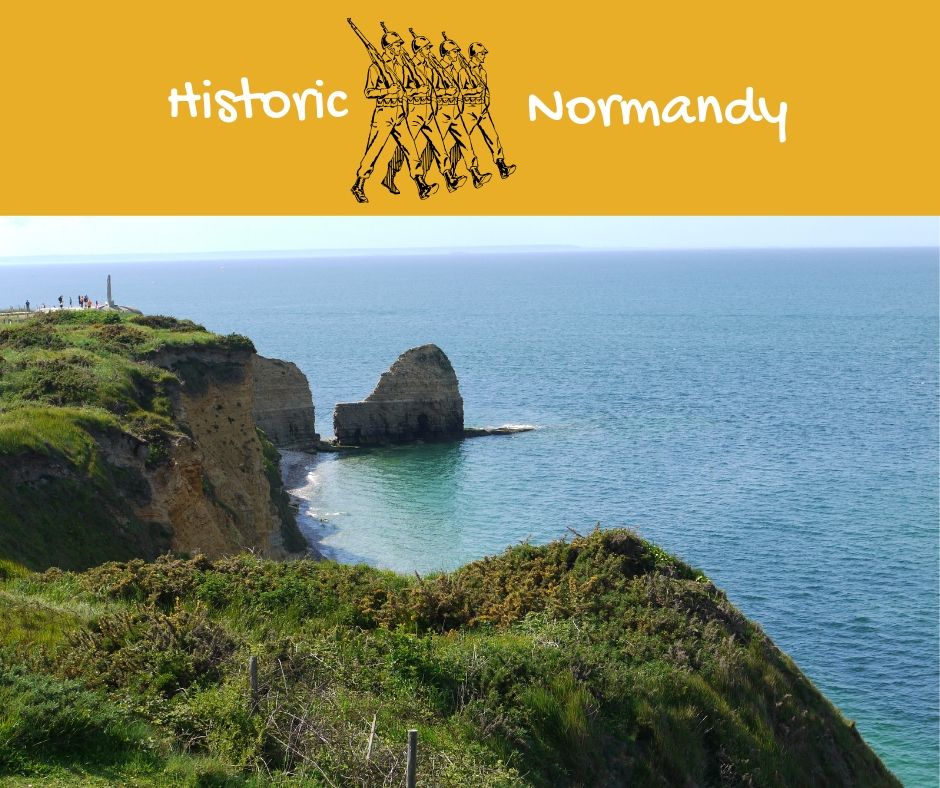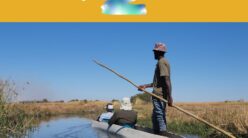We travelled to Normandy with our 13-month-old Kidsetter in tow. Normandy, a region of northern France has a varied coastline including white-chalk cliffs and WWII beachheads, including Omaha Beach and the site of the famous D-Day landing. Staying at a 16th century style castle ‘Chateau Francois D’o’ in Courseuilles made the perfect location to visit the WWII landing beaches. The chateau was elegantly decorated with antique furniture, boasting a tranquil atmosphere.
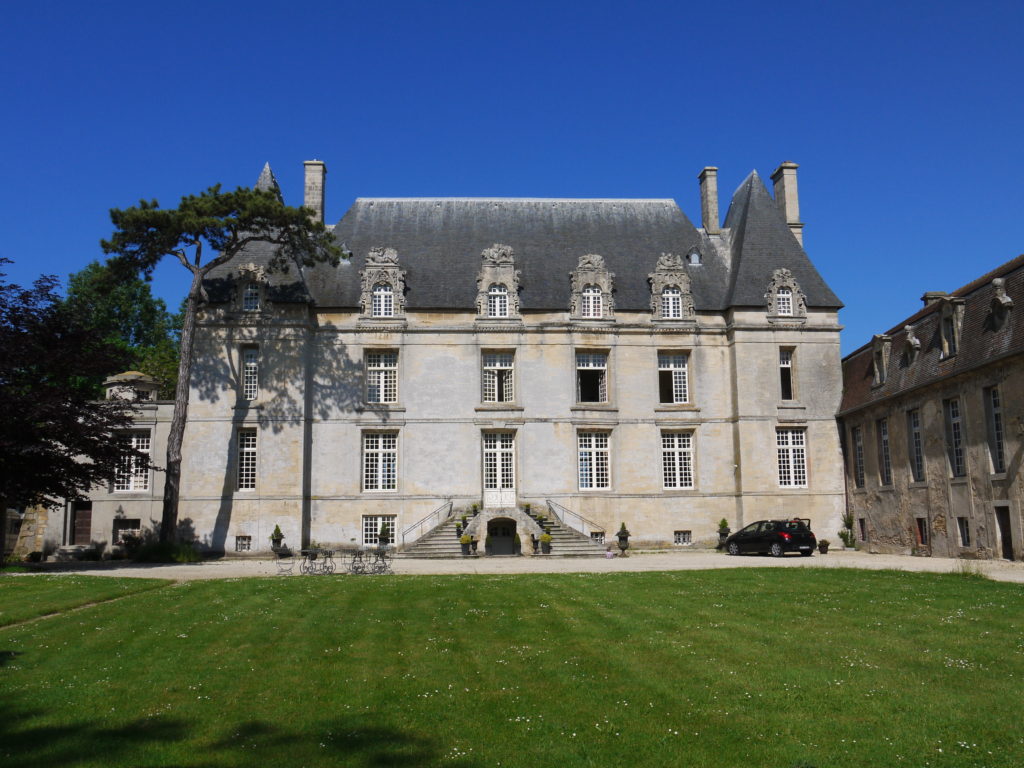
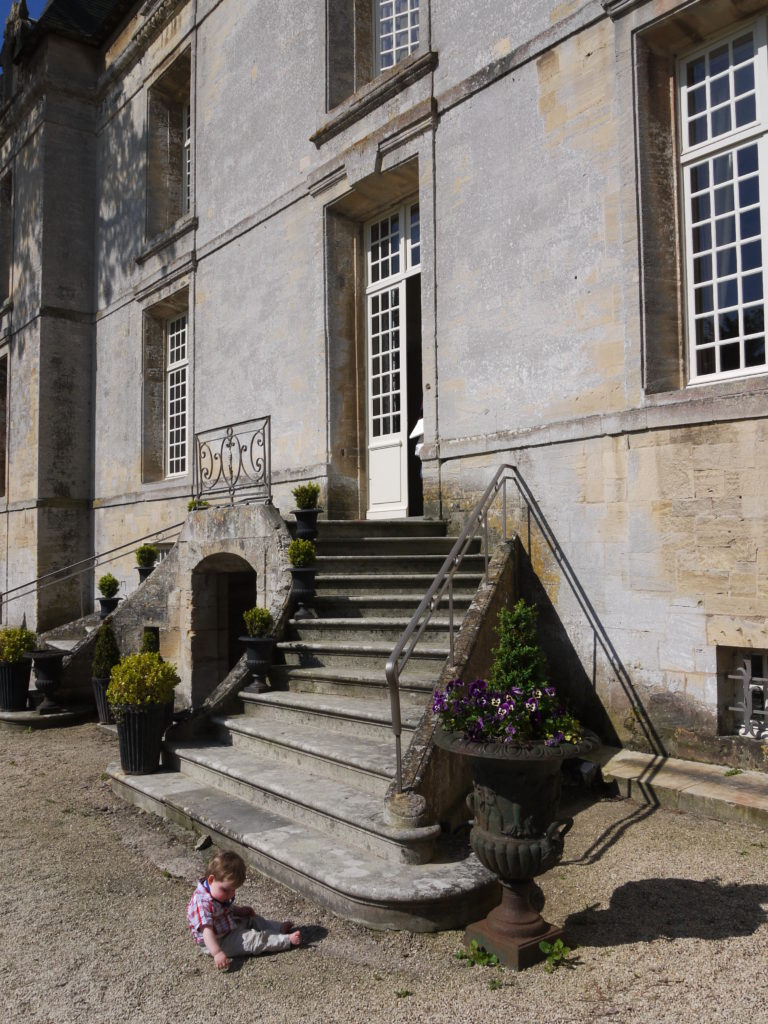
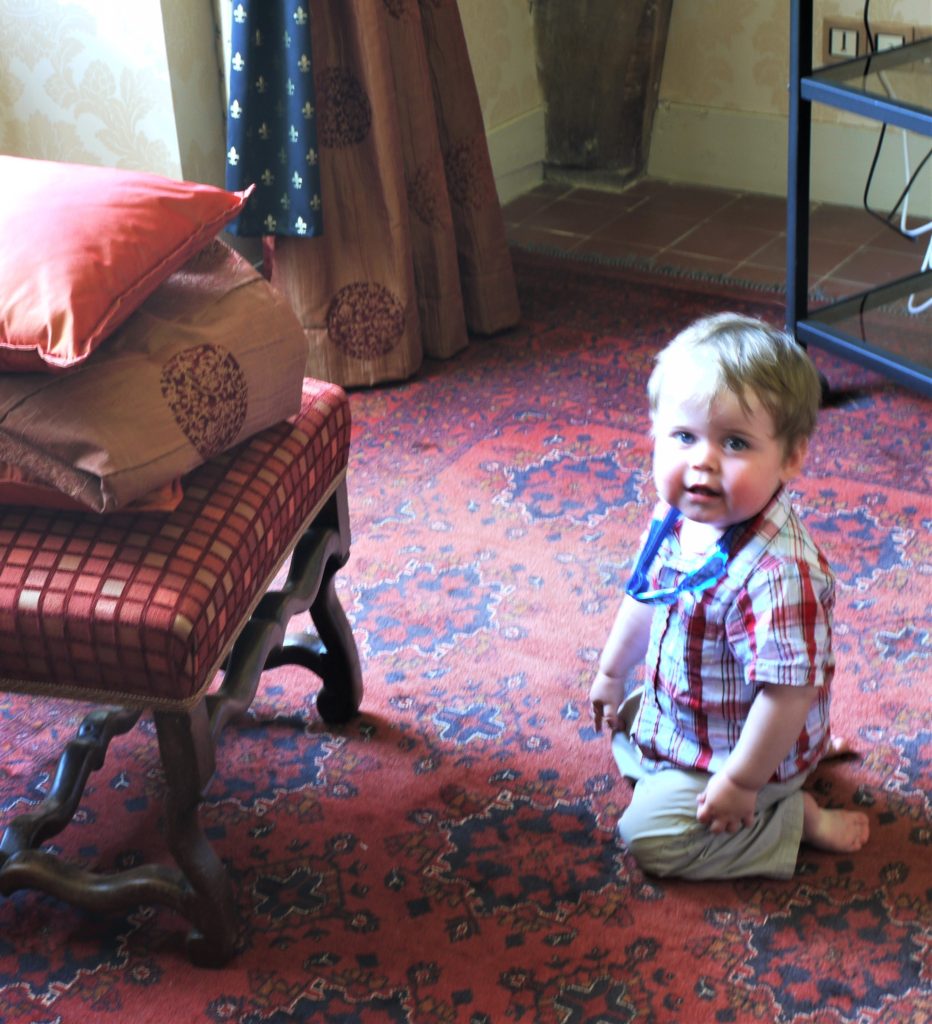
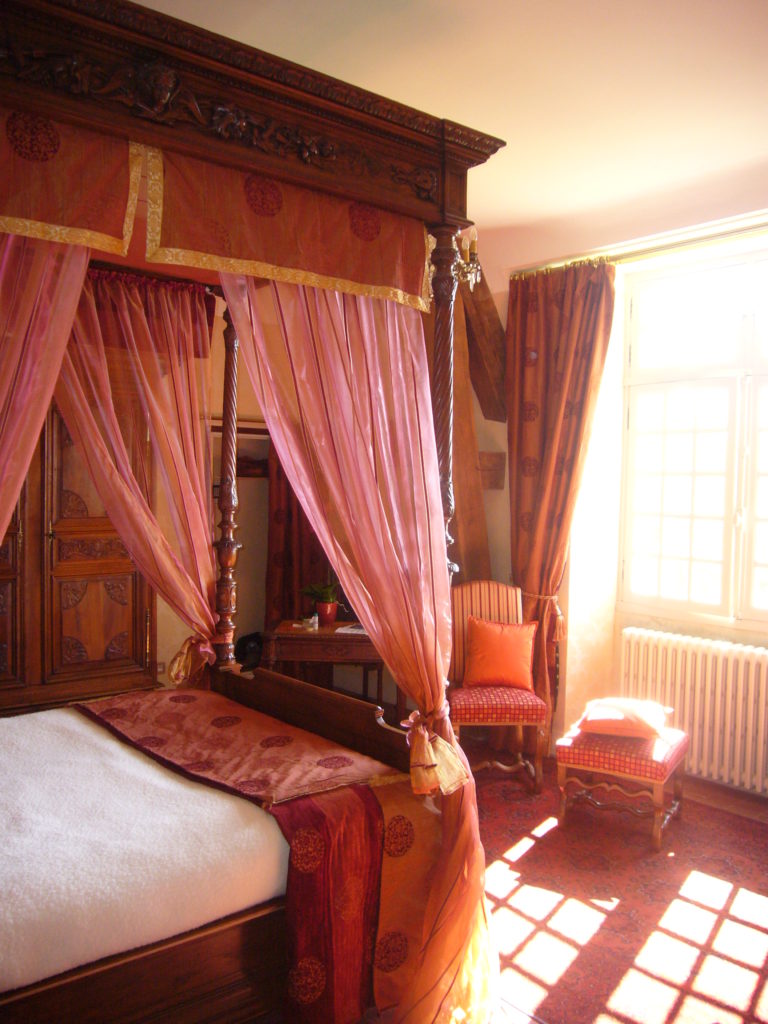
France’s oldest rocks crop out in Jobourg in the Cotentin peninsula. The region is bordered along the northern and western coasts by the English Channel. There are granite cliffs in the west and limestone cliffs in the east. There are also long stretches of beach in the centre of the region. The bocage typical of the western areas caused problems for the invading forces in the Battle of Normandy.
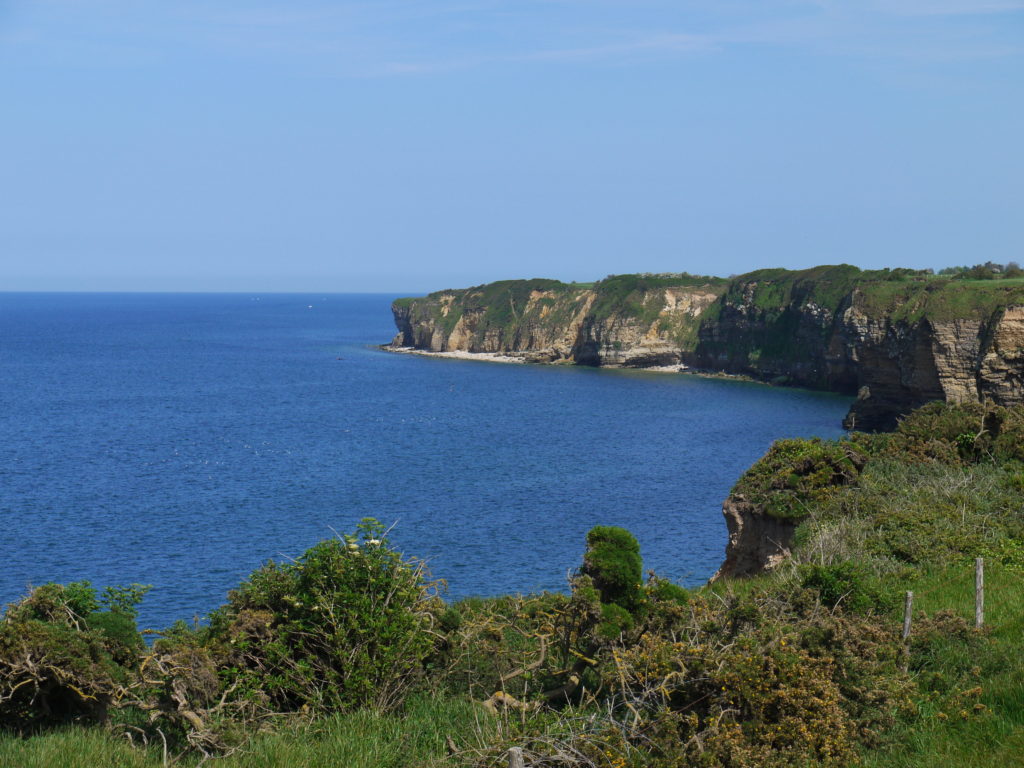
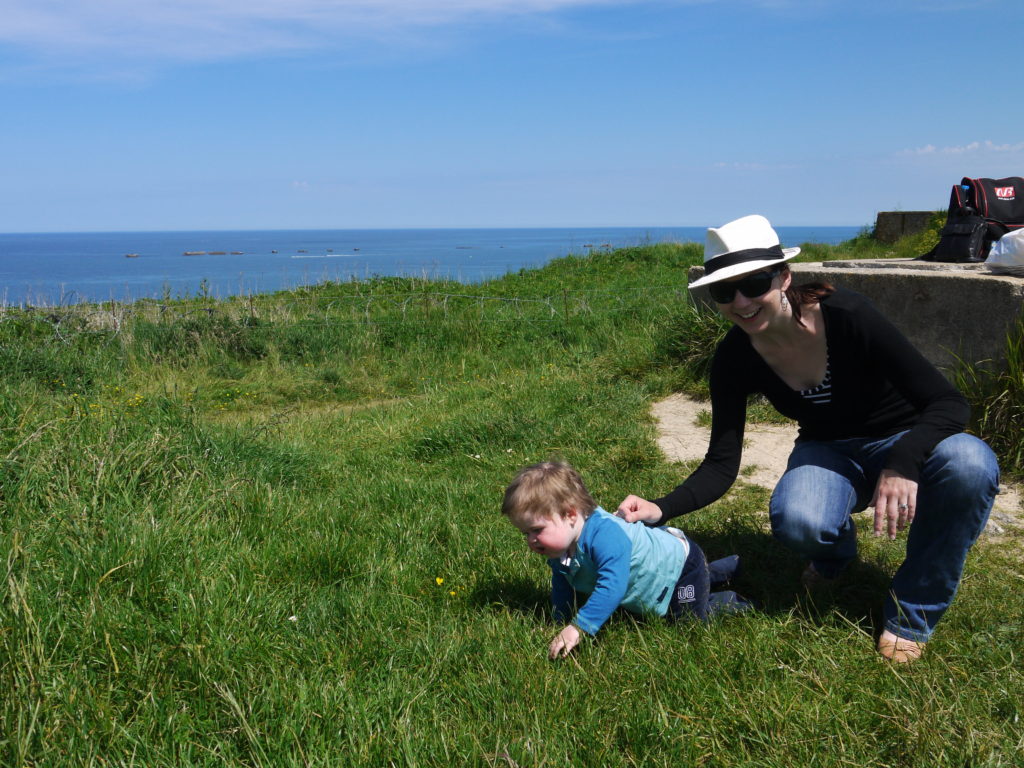
We drove through windy roads and tiny French villages to Arromanches to visit the D-Day Landing area. There are plenty of places to stop along the way to enjoy the views and have a picnic.
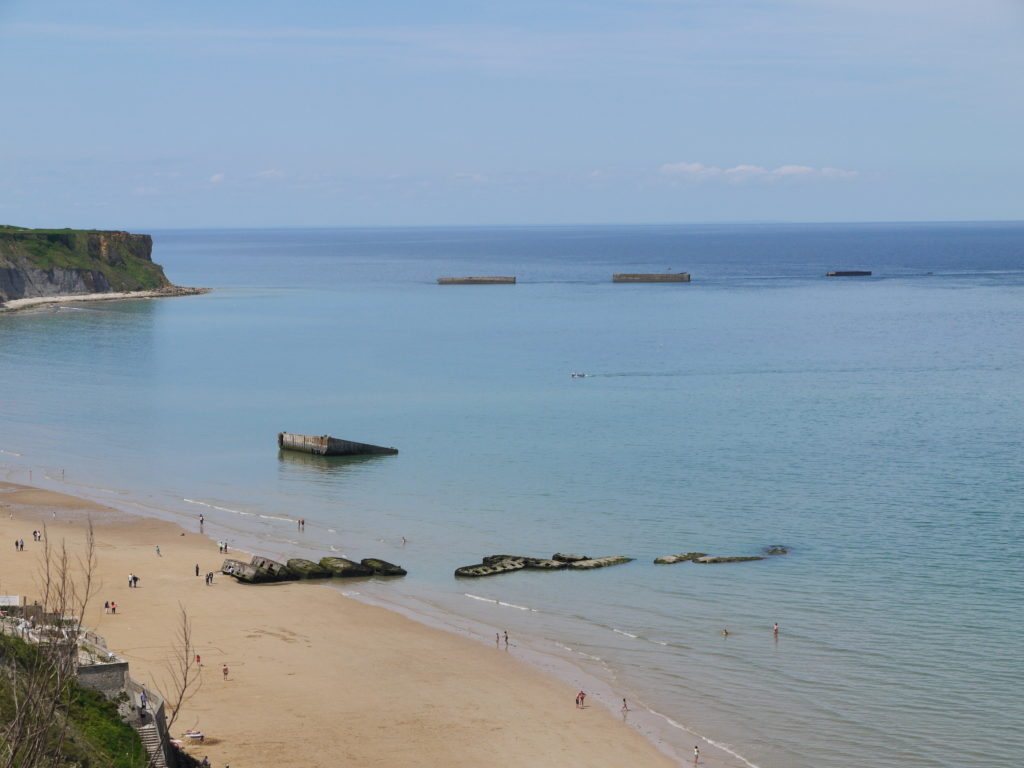
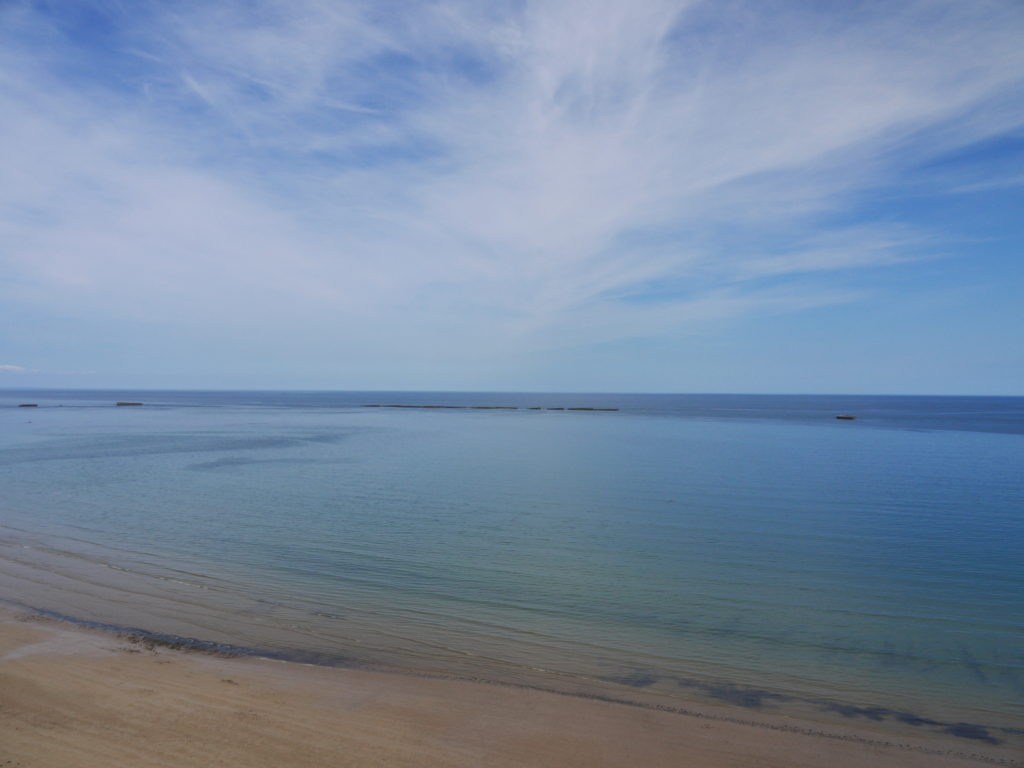
During the Second World War, Normandy was part of the German occupied zone of France. The Allies, in this case involving Britain, the United States, Canada and Free France, coordinated a massive build-up of troops and supplies to support a large-scale invasion of Normandy in the D-Day landings on 6 June 1944 under the code name Operation Overlord. The planners of this crucial event for European freedom codenamed it D-Day.
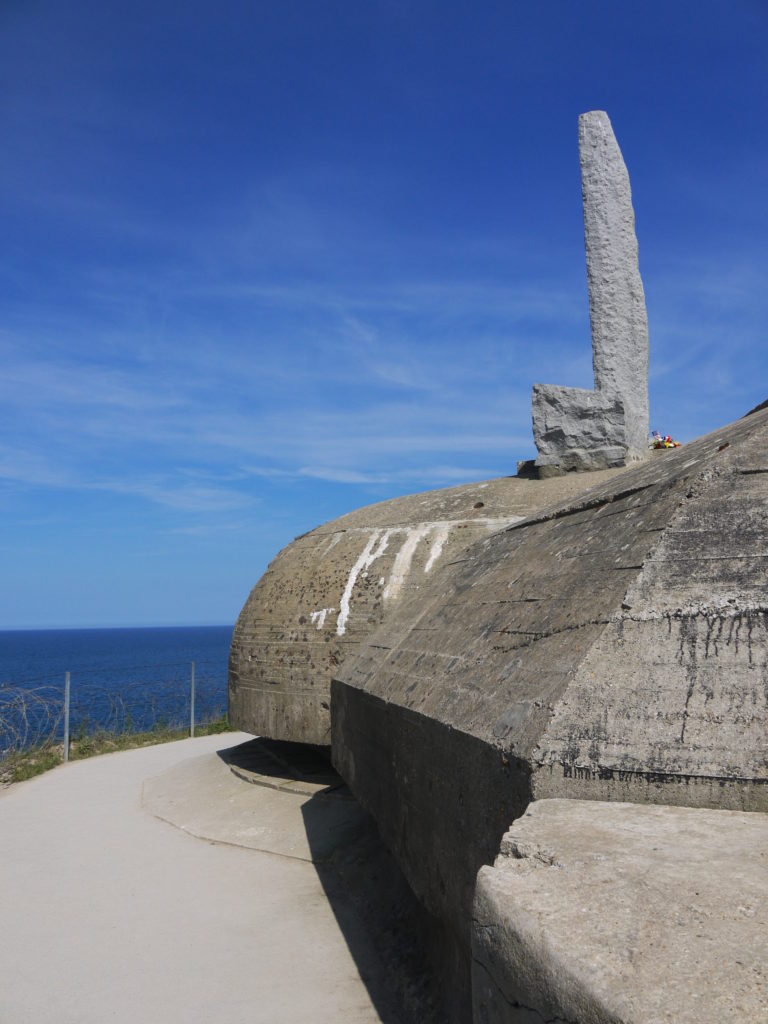
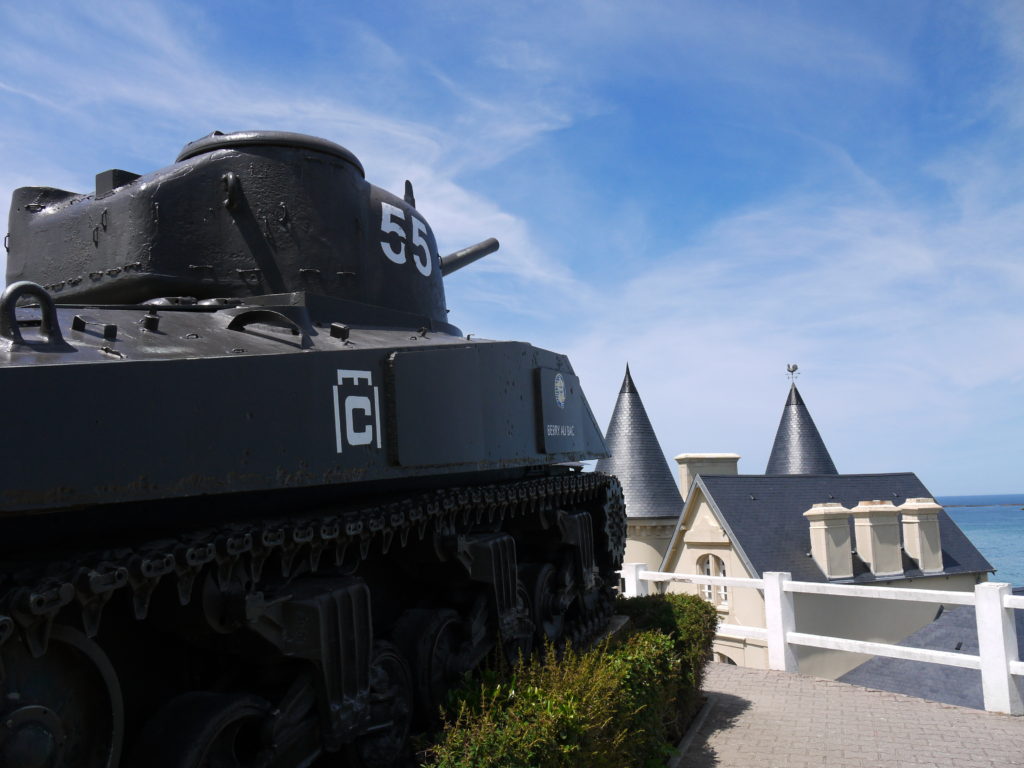
The D-Day Landings were the most vital part of the greater Operation Overlord to liberate Europe from years of German military occupation. Allied planning for a massive invasion of German-held France had got underway as early as 1943.

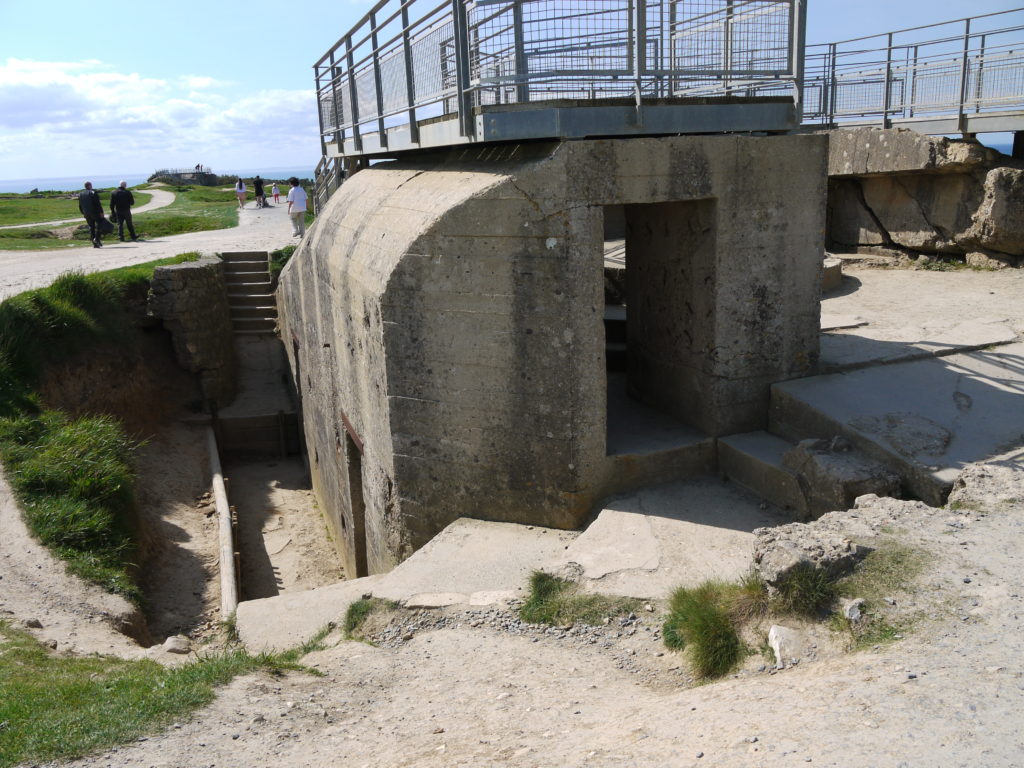
The Allies had divided the 60-mile coastal stretch chosen for the invasion into five sectors, codenamed Sword, Juno, Gold, Omaha and Utah.
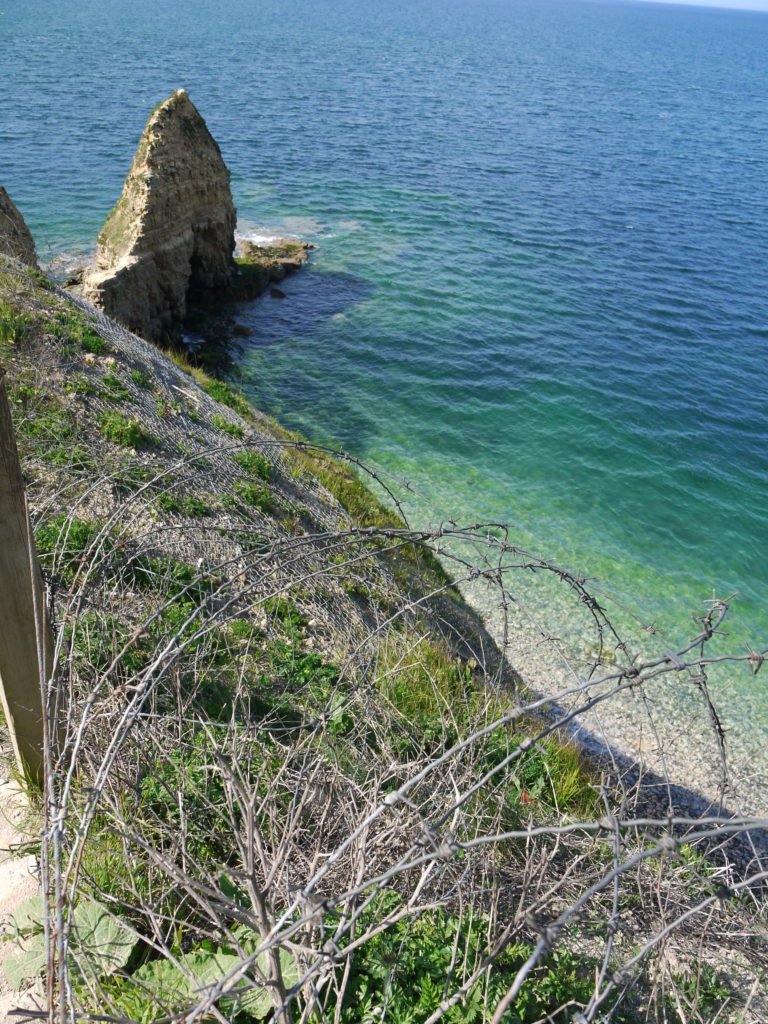

D-Day has come to be seen as a great triumph. The whole operation, those who fought on D-Day and those who sacrificed their lives on that crucial day in history, are recalled in extremely moving museums, memorials, cemeteries and sites set along the D-Day Landing Beaches.
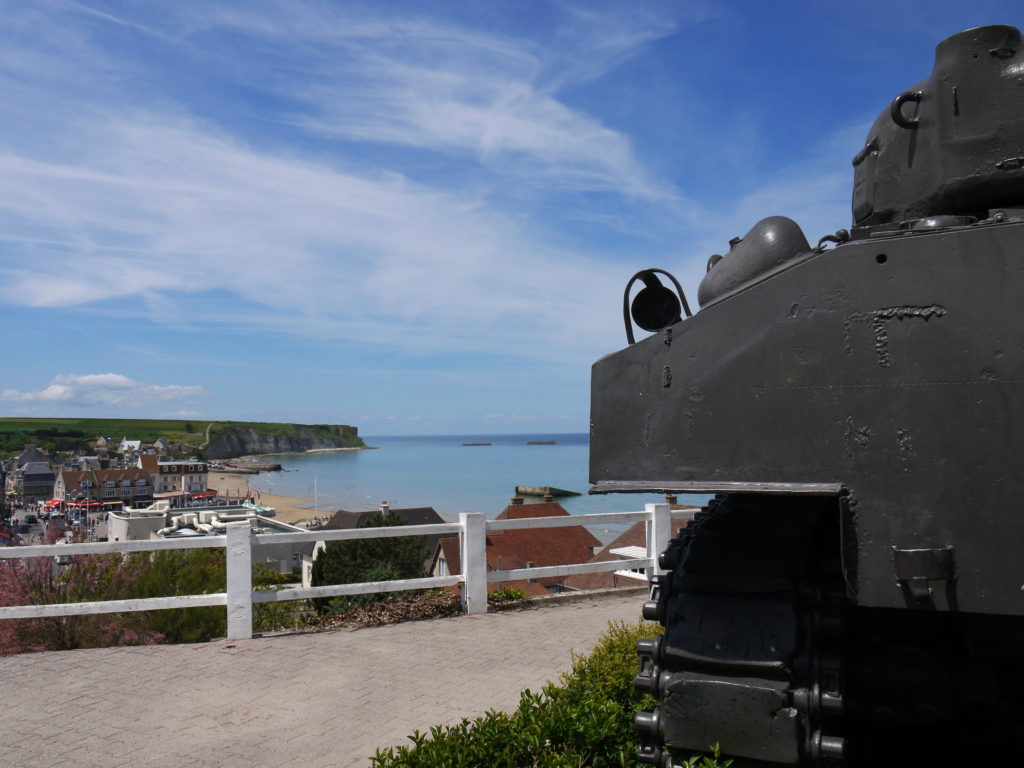
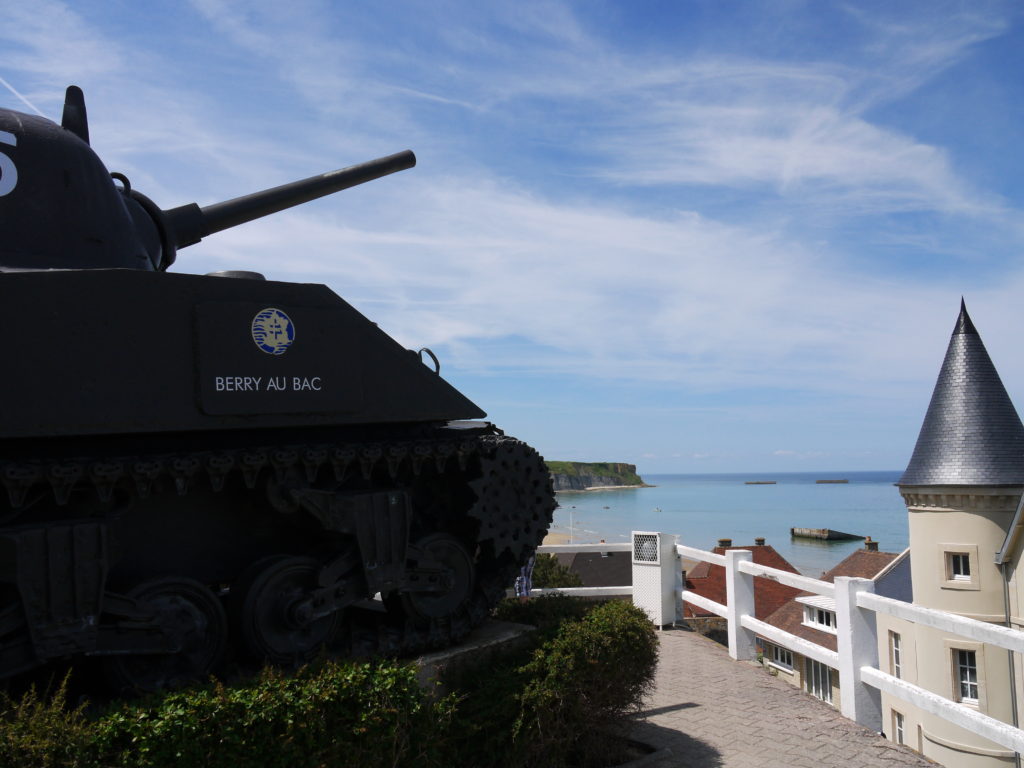
Located on the Arromanches clifftops, the Arromanches 360 circular cinema dominates one of the artificial Mulberry harbours set up by the Allies.
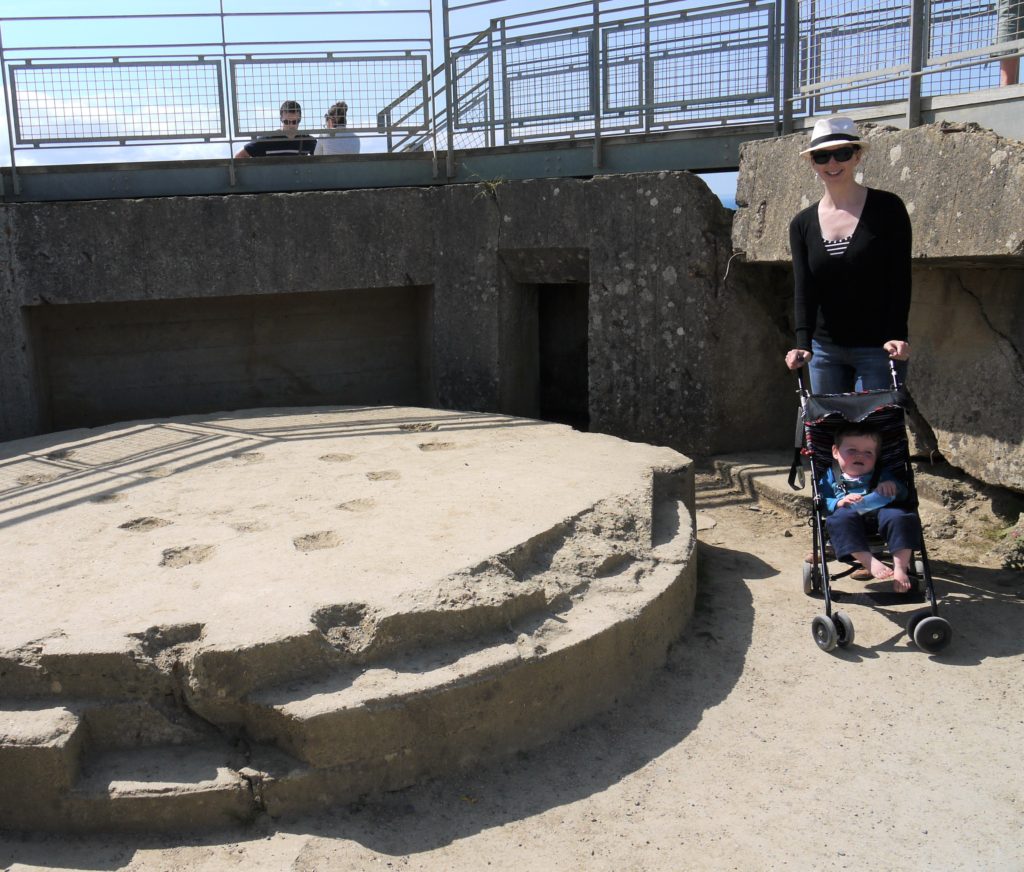
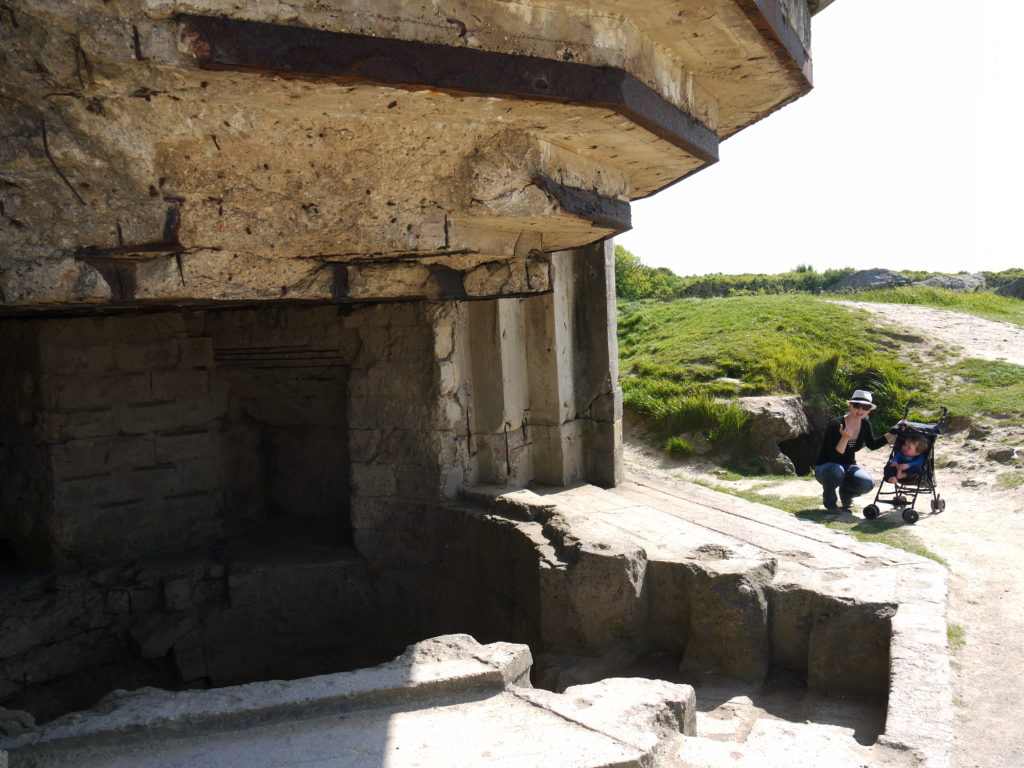
We watched (separately as not child friendly) a short film shown on 9 screens, displaying archived footage collected from around the world that tell the whole story of the 100 days of the Battle of Normandy.
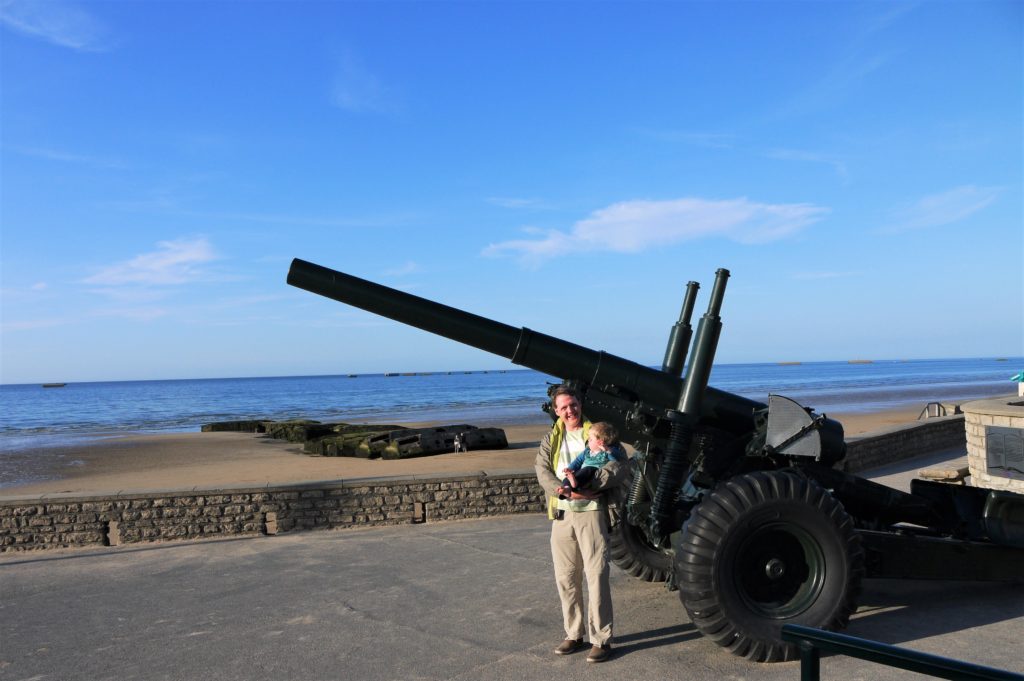
The film is a tribute to the men of all nations who fell and to the 20.000 civilians killed during the liberation of Western Europe. It was very confronting and emotionally moving.
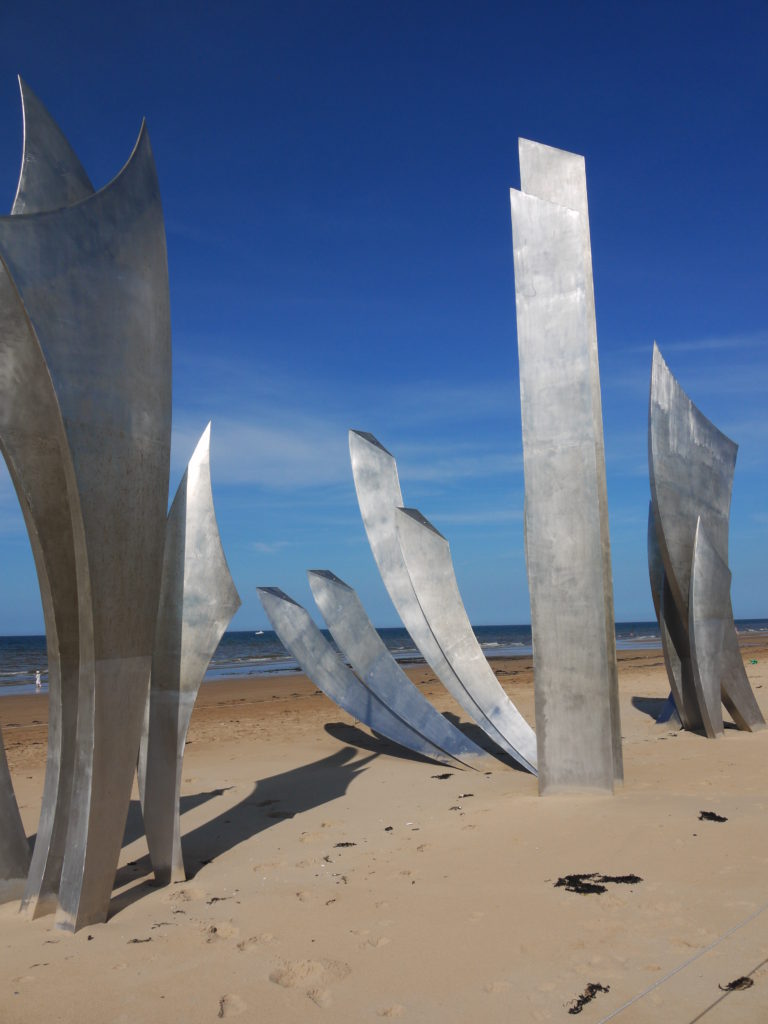

Although our Kidsetter was too young to absorb the rich and tragic history of Normandy, he could enjoy the open space, stunning views and sober ambiance. Normandy has a thorough account of the historical events that took place on d-day and Kidsetters alike are able to walk in the footsteps experiencing history.

